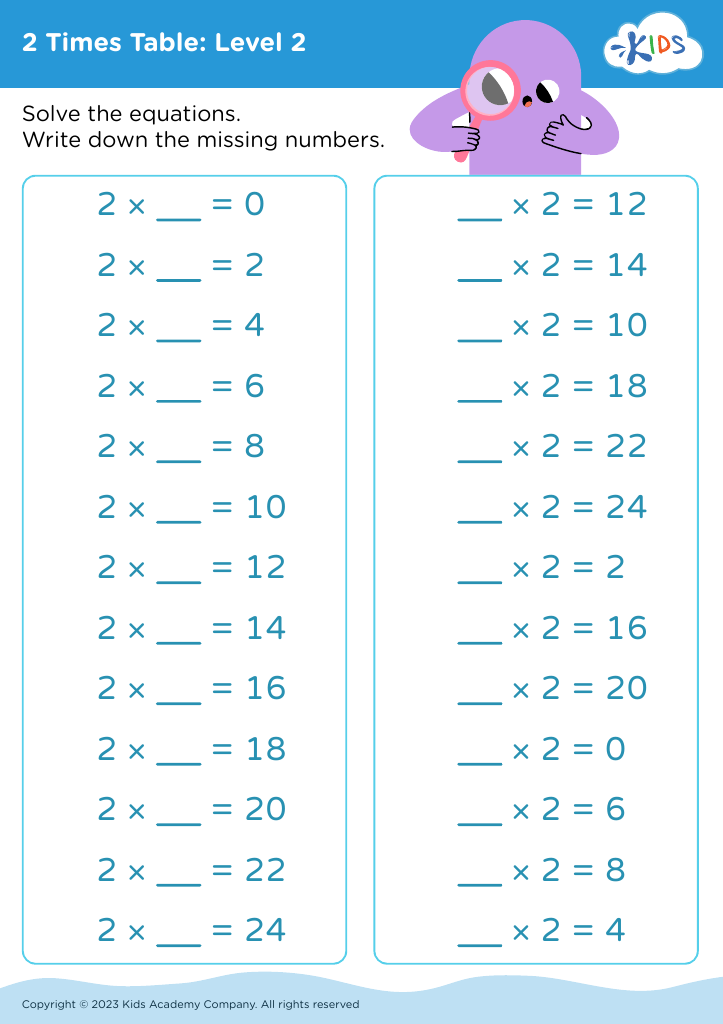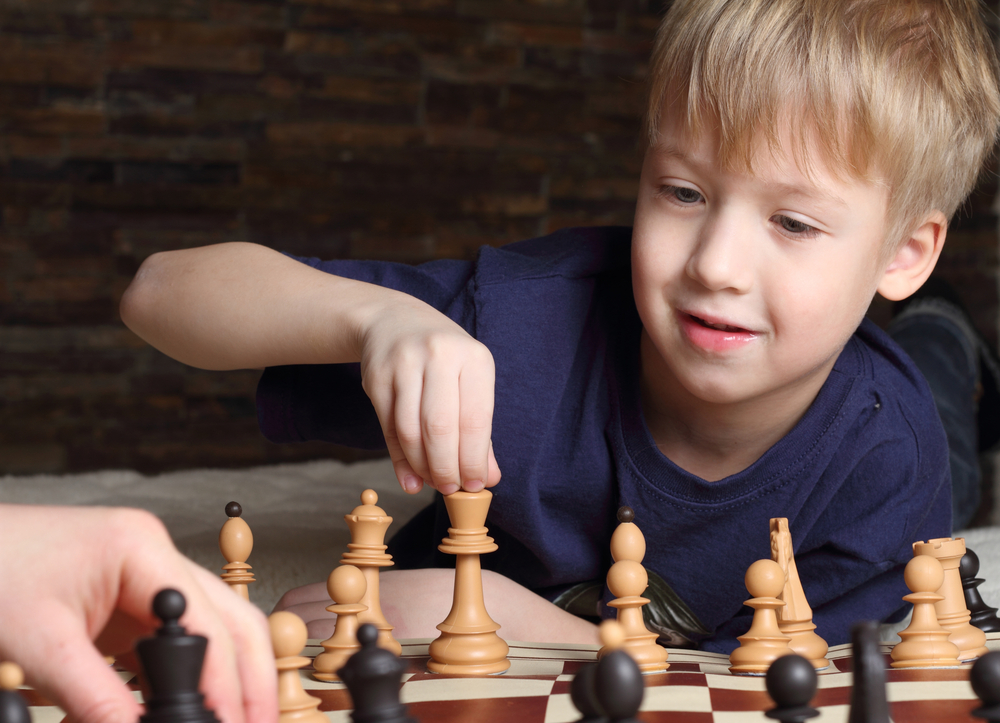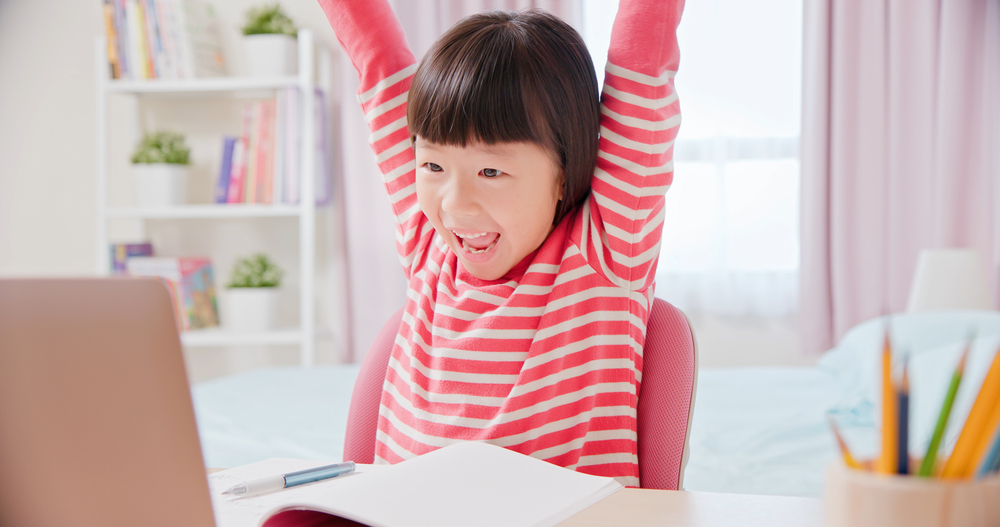Understanding times tables Normal Worksheets for Ages 4-9
3 filtered results
-
From - To
Discover our "Understanding Times Tables" normal worksheets designed for children ages 4-9, perfect for nurturing early math skills! These engaging worksheets introduce the concept of multiplication in a fun and approachable way. Through a variety of exercises, including visual aids and interactive activities, children can grasp the fundamentals of times tables while building confidence in their math abilities. Ideal for classroom use or at-home learning, our worksheets cater to different learning styles and ensure a solid foundation in mathematics. Help your child master multiplication effortlessly while enjoying the learning process. Download and print today for an enriching educational experience!
Understanding times tables is crucial for children ages 4-9 as it forms a foundational aspect of their mathematical education. At this age, children are beginning to develop critical thinking and problem-solving skills, making it an ideal time to introduce multiplication concepts. Mastering times tables enhances their ability to comprehend larger mathematical concepts, such as division, fractions, and percentages, which they will encounter later in their education.
For parents and teachers, fostering a strong relationship with times tables can improve children's confidence in math, a subject that often intimidates learners. Regular practice can help children almost automatically and fluently recall multiplication facts, allowing them to focus on solving more complex problems rather than getting bogged down by basic calculations.
Additionally, an understanding of times tables lays the groundwork for real-world applications, such as budgeting, cooking, and measuring, making math relevant and engaging for children. As they gain proficiency, their enthusiasm for learning increases, positively affecting their overall academic performance. Ultimately, parents and teachers play a crucial role in supporting children’s engagement with times tables—and in turn, shaping their future success in mathematics.























